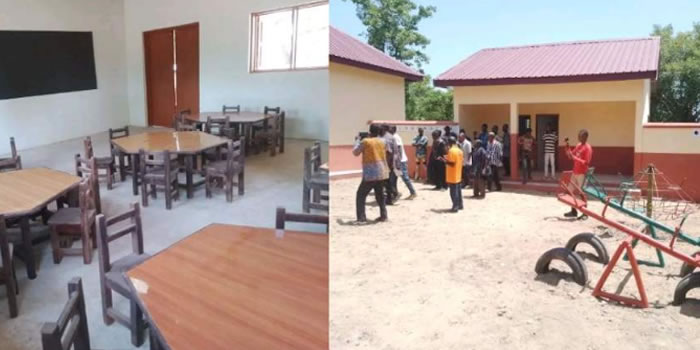

Location and Size
The Wa East district was curved out of the Wa municipality and made an autonomous district by L.I 1746 in July 2004. The district is remotely located in the southeastern part of the Upper West region. The capital is Funsi, about 115km away from Wa, the regional capital. The district shares boundaries with West Mamprusi to the northwest, West Gonja to southeast and the Sissala East district to the north.It has a landmass of about 1,078km², which lies between latitudes 9º 55â€n and 10º 25â€n and longitude 1º 10â€w and 2º 5â€w. The remoteness of the district relative to other districts of the region has deprived it of basic social and economic infrastructure and services.
Topology and Drainage
The land is generally undulating with height between 180-1300m above sea level. Drainage is the dendrite type, dominated by the Kulpawn and its tributaries. Most of the rivers over flow their banks during the raining seasons and make most parts of the district inaccessible during this period.However, they dry up during the dry season but offer great opportunities for fishing and irrigation dams if they are properly harnessed.
Climate and Vegetation
The climate is tropical equatorial, which prevails through out the northern part of Ghana. Temperatures are high all-year, ranging between 15cº-45cº. The temperatures are lowest in December/January, while the highest occur in March /April. The average annual and average monthly temperatures are 21cº and 38cº respectively.The Harmattan, characterized by cold, dry dusty wind with occasional haze occurs between November to April yearly. The district has a single rainfall regime from May-October. The average annual rainfall is about 1,200mm/year and they are torrential, erratic and stormy. The single rainfall regime does not make farming all year round possible.
Most farmers therefore become redundant during the long dry season, from November to May. There is therefore the need for irrigation facilities in the district to provide employment opportunities during this period.
The vegetation is guinea savanna, depicted by isolated woodlands, short thick trees, shrubs and grasses of varying heights. The common economic trees in the district include sheanut, baobab, kapok, dawadawa, acacia, neem and ebony, mangoes, cashew and acheaple. Over 30% of the natural vegetation has been destroyed by annual bush burning, inappropriate farming practices, indiscriminate cutting of trees for wood, charcoal and poor animal husbandry practices. The consequence of these human practices is that the district is faced with a serious problem of environmental degradation.As a measure to address this problem, The Friends of the Environment in Agro-Forestry, an NGO has initiated a project aimed at promoting tree-planting by individuals and organizations in the district.
Geology and Soil
The district consists mainly of pre-cambrian base rock, granite and metamorphic rock types. Deposits of gold, iron and bauxite and clay abound in the Bulenga sub-district and in other parts of the district. The rocks offer opportunities for mining and illegal miners called “galamsey†are exploiting them.The soils are mainly sandy loamy which are very fertile and suitable for the cultivation of tubers, cereals, legumes and livestock.
Date Created : 11/29/2017 7:55:08 AM










 facebook
facebook
 twitter
twitter
 Youtube
Youtube
 +233 593 831 280
+233 593 831 280 0800 430 430
0800 430 430 GPS: GE-231-4383
GPS: GE-231-4383 info@ghanadistricts.com
info@ghanadistricts.com Box GP1044, Accra, Ghana
Box GP1044, Accra, Ghana